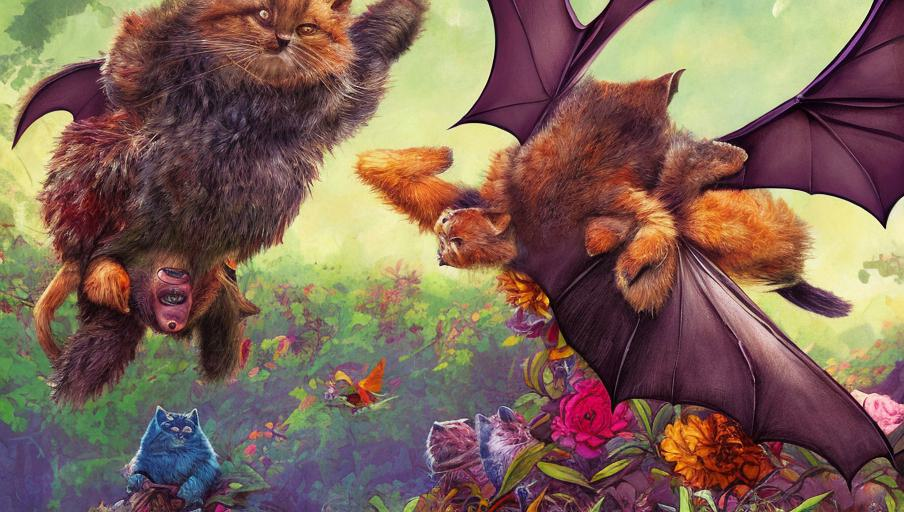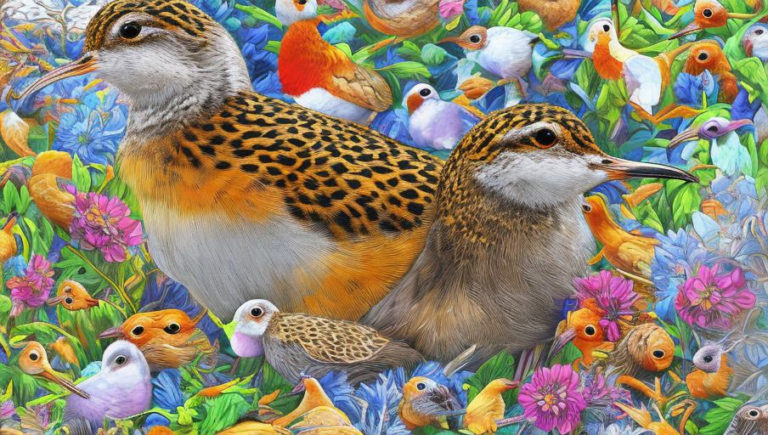A Summary of the Conservation Efforts Aimed at Protecting Bats

Conservation Efforts to Protect Bats
Bats are an important part of ecosystems around the world, playing a vital role in the pollination of plants and the spread of seeds. They are also an important source of food for many species, such as owls, snakes, and foxes. Unfortunately, due to habitat loss, climate change, and other human disturbances, bat populations are declining in many areas. As a result, conservation efforts are needed to protect these nocturnal creatures and the vital roles they play in our ecosystems.
Habitat Protection
One of the biggest threats to bat populations is the destruction of their habitats. To help protect bats, conservationists are working to create, restore, and protect important bat habitats. This is done by creating new roosting sites, restoring roosts that have been destroyed, and protecting existing roosts from disturbance. In addition, conservationists are working to create corridors of habitat between roosts, so that bats can move between them and find access to food and shelter.
Legislation
In addition to habitat protection, conservationists are also working to pass legislation that will protect bats. This includes laws that protect roosts and ensure that they are not disturbed, as well as laws that protect bats from hunting and trapping. In some cases, laws have even been passed that protect bats from being killed in the course of development, such as when wind turbines are installed.
Public Education
In addition to habitat protection and legislation, public education is also an important part of bat conservation. By educating people about the importance of bats, it is possible to raise awareness of their plight and encourage more people to become involved in conservation efforts. Public education can also help to reduce the amount of disturbance caused to roosts by people, as well as the amount of hunting and trapping of bats.
Research
In addition to habitat protection, legislation, and public education, research is also an important part of bat conservation. By studying populations of bats, scientists can learn more about their behavior, diet, and habitat needs. This information can then be used to develop more effective conservation strategies to protect them.
Conclusion
Bats play an important role in ecosystems around the world, but their populations are declining due to a variety of threats. As a result, conservation efforts are needed to protect these nocturnal creatures and the vital roles they play in our ecosystems. Conservationists are working to protect bat habitats, pass legislation to protect them, and educate the public about the importance of bats. Research is also an important part of conservation, as it can help us better understand the needs of bats and develop more effective conservation strategies.





